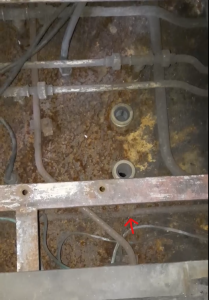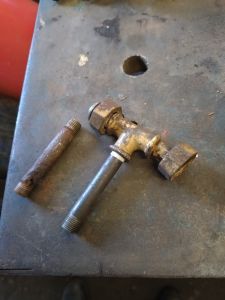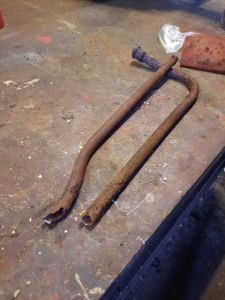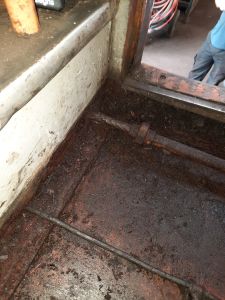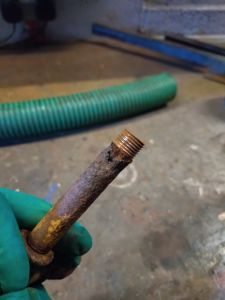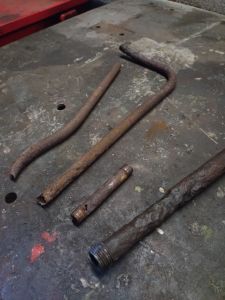Sooo, a few things to update you all with on 31463.
A lot of effort recently has been getting the brakes on 31463 working properly. After a number of years of inactivity, things unsurprisingly didn’t work too well. After much effort to make the loco airtight, servicing various faulty valves and changing others for overhauled examples, we were finally in a position to remind ourselves of what our efforts were aiming towards and tested that the locomotive actually takes power. Another important test was to ensure the radiator fan works, which happily it did- but sadly only for a few moments. The issue was investigated and it was found the brushes were sticking. So the assembly was dismantled, cleaned and reassembled and the fan now works correctly.
Following the test run it was back to work to fix issues found and continue the restoration, further cleaning of resisters has taken place, and body side air filters have been getting replaced. In no. 1 cab an m8 driver’s brake valve has been replaced with an overhauled spare as the original leaked air. The brake distributor has been swapped for a spare from stock as the original was leaking air, this will be sent away for overhaul shortly.
We continued tracing air leeks in no. 1 cab and a leak was heard under the driver’s seat. The driver seat, driver and middle floor panels lifted. There was a lot of dust and some rust under the seat so this was hovered out. The loco air system was charged by the shed compressor and we soon found a leak but once we touched the pipe it snapped as can be seen in the photo it was held by rust. We replaced the pipe and recharged the air system and found another leak on the same pipe but this time under the desk. Another piece was made and fitted, was that the end, no, we found the valve that used to feed air to the screen washer bottles was leaking by. We don’t have the washer bottles fitted at the moment so the feed to this valve was capped. Air leaks in this cab gone, no, we found some minor leaks on the second man controller for the window screen wiper, luckily this was a quick fix of nipping up the fittings. Air leaks gone, yes. We did a quick brake test and no leaks could be heard.
We checked no. 2 cab and no air leaks could be heard. It was noted during the test run there was an air leak when the straight air was applied so we did this and we heard the leak from behind the second man seat. Removing the floor panel it was quickly identified where the leak was, the pipe goes from the walkway into the seat frame and was quite corroded. The following day this was replaced, upon a retest a crane coupling just behind the wall was leaking. This is nicely blocked in by pipework and the exhausters, some interesting body positions later and the coupling was tightened.
There was another pipe we had debated about replacing in no.1 cab, which wasn’t leaking but didn’t look in the best of health so rather than risk it and with the floor and seat out of the way already it was replaced. As you can see from the photo’s it was worth doing.
Another spirax valve has been serviced as it ticking faster than it should but is now working correctly.
As a last test, we pumped the system to 115 psi (that’s the shed compressor maximum) to see how long the air lasted in the loco. 2 hours later we still had 35 psi on the gauge so that shows the loco is holding air really well compared to where we started.
We’ll let the video do the talking as to why we do this and below pictures show our findings.
